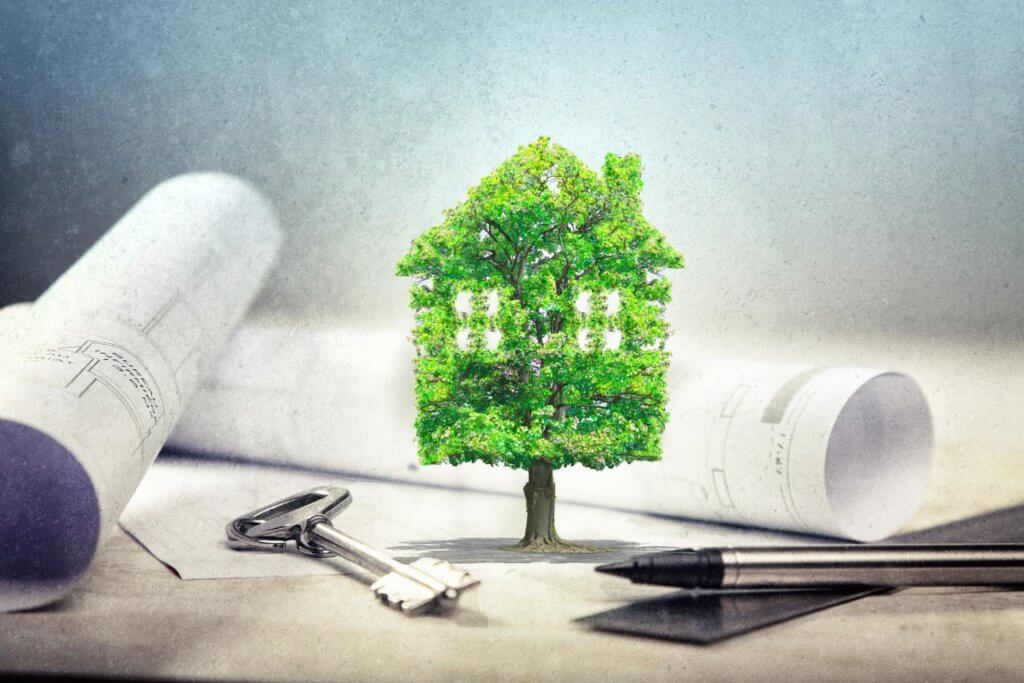A Review on Life cycle assessment of a building
The society we live in today constantly faces important environmental challenges. These include greenhouse gas emission which increases the earth’s temperature, industrial pollution, and toxic emission which endanger the ecosystem and clean water reservoirs. Essential requirements for machines are becoming scarce, fossil fuels are almost extinct. So, solving these environmental issues becomes a responsibility of the producing industry since it is the main origin of these problems and a large consumer of these fossil fuels and minerals. To understand the extent of the harm caused by these industries there was introduced a tool called life cycle assessment tool.

Now, what is a life cycle assessment tool?
A Life cycle assessment (LCA) tool is an important tool for ensuring the sustainable development of industries. This sustainable progress takes care that development does not hamper the ability of future generations to meet their needs. It calculates the environmental impacts of activities of industries during all stages of the life of the product and determines options for improvement by producing a figure that represents the environmental load of it. In short, It forms a pathway from the grey environment to the green environment!
But, why should you care?
The simple reason for all of us to be concerned would be the depletion of a healthy environment globally and LCA safeguarding it. Furthermore, it is LCA that helps consumers and the building-code officials in making more informed decisions throughout the designing and other building processes. This proper assessment also gives a way to improve the product’s efficiency and quality.
Different stages of LCA in Fahrenheit
Fahrenheit is an extremely durable graffiti and scratch-resistant metal facade. Analyzing the life cycle of these metal exterior facades is divided into a few stages them being:
- Product Stage -The product stage constitutes the processes that are involved during the production of the products used for construction. These range from aluminium to zinc to many more sturdy metals. Proper assessment of these raw materials is done before they are supplied, transported to the production site.
- Construction Process Stage -The products’ journey from the production line to the point of installation is the construction process stage. It involves transportation from the manufacturer to the site of construction along with the actual installation in the building.
- Use Stage -Followed by these stages comes the use stage which involves the processes related to the use, maintenance, repair, replacement, refurbishment and operational use of water and energy. More than often, these operational processes are based on scenarios revolving around perceiving how they’d take place.
- End-of-life Stage -This stage also has scenario-based processes. When the building reaches the end of its life i.e. demolished the construction products/materials are reprocessed for further use in other product systems.
- The final stage is that of the benefits beyond the boundary of the system. This scenario-based stage calculates the drawbacks and gains from recycling and reusing the construction products/materials.
The Future
Fahrenheit not only gives you a better today but also an amazing tomorrow! Undergoing LCA we ensure the security of the future. We are not stopping ourselves from development but making sure it is sustainable!